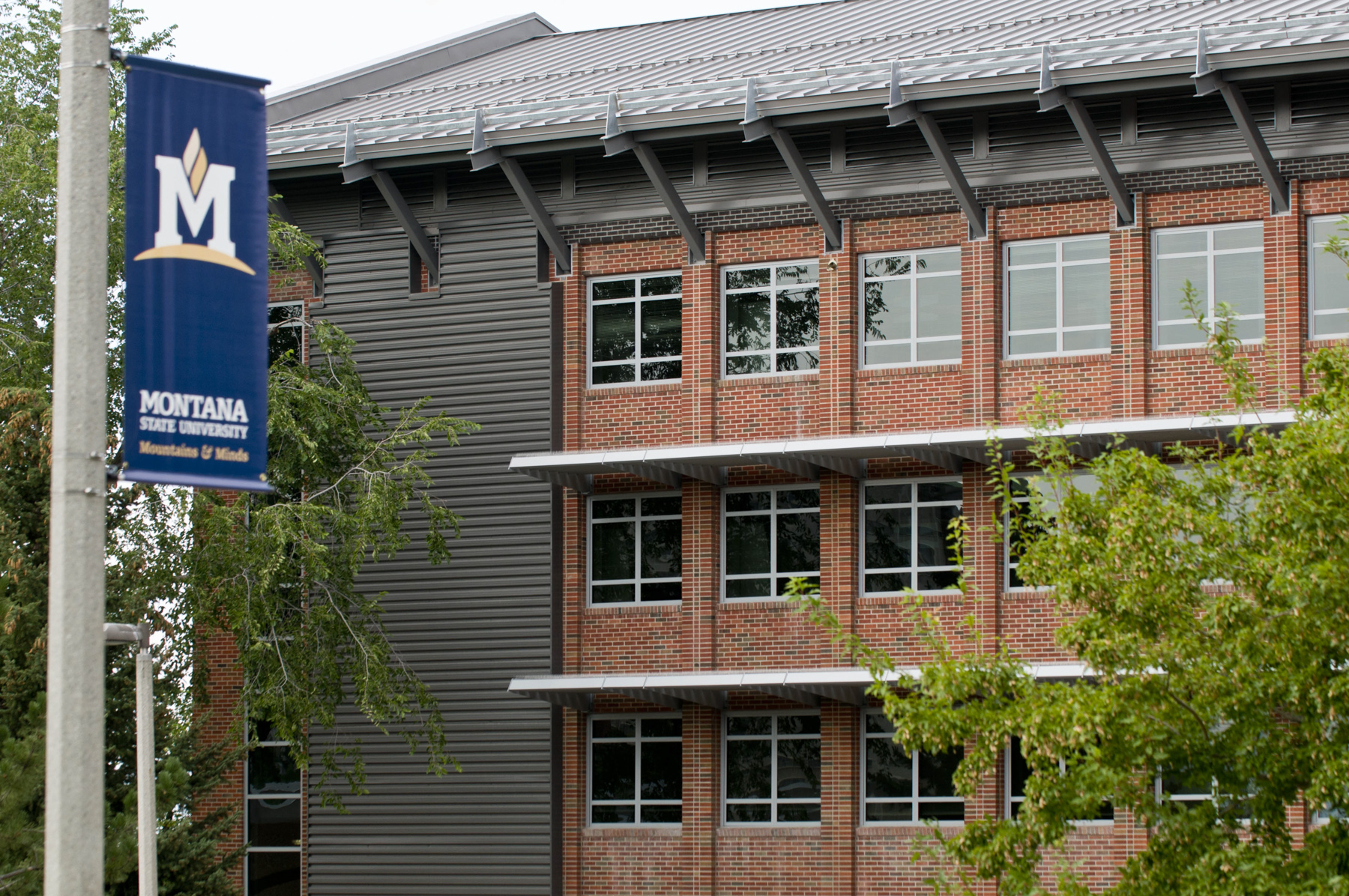The Cooley Laboratory
 We are pleased to announce that we have opened the newly renovated Cooley Laboratory,
a hub for biomedical research, and the first facility at Montana State University
to earn a prestigious LEED Gold certification from the U.S. Green Building Council
for energy-efficient design and construction.
We are pleased to announce that we have opened the newly renovated Cooley Laboratory,
a hub for biomedical research, and the first facility at Montana State University
to earn a prestigious LEED Gold certification from the U.S. Green Building Council
for energy-efficient design and construction.
Cooley Laboratory is the second LEED-certified building on the MSU campus - Gaines Hall was the first to earn the distinction when it was certified LEED Silver in 2011.
The foremost program for the design, construction and operation of green buildings, the U.S. Green Building Council (USGBC) has 100,000 projects currently participating in the LEED rating systems, comprising more than 8 billion square feet of construction space in all 50 states and 114 countries.
Cecilia Vaniman, MSU's project manager for Cooley Laboratory, said the certification rewards the huge effort MSU undertook to renovate a 52-year-old building using green building practices and technology.
"Earning a LEED Gold underscores tremendous determination on the part of our design and construction teams," Vaniman said. "The building has been designed, constructed, tested and verified as to the efficient use the natural resources to build the project, as well as to maintain and operate the building far into the future."
The building was designed with an eye for sustainability, energy efficiency and water conservation, as well as the reuse and recycling of materials, Vaniman said. "The end result is a facility that will save money for MSU and Montana taxpayers, reduce greenhouse gas emissions and contribute to a healthier environment."
Over a two-year period, Cooley Laboratory was gutted and transformed to offer a new home for research teams from the departments of microbiology, immunology and infectious diseases, and cell biology and neuroscience. The Cooley renovation was largely paid for under a $14.9 million grant from the National Institutes of Health, which encourages building projects to strive for LEED certification.
Obtaining LEED Gold certification requires extensive documentation of the building process and design functions, Vaniman added. That documentation goes to USGBC in an effort to earn LEED points, which are awarded toward a certification scale from bronze to platinum.
MSU's LEED Gold came as the university earned points on each category they submitted. Some of these include:
- The reuse of the existing building, as well as construction waste management by the contractor, kept more than 1 million pounds of construction waste from the landfill and many of the materials from the site were recycled;
- New materials were picked for their durability, extensive use of recycled materials and were exclusively American-made products, an NIH requirement;
- More than 90 percent of the wood used came from certified sustainable forests;
- The new roofing materials and color were selected to minimize the so-called heat island effect, which can raise local temperatures when urban roofing absorbs solar radiation;
- Systems for the efficient use of water in exterior landscaping and in Cooley's lavatories;
- Major energy savings due to state-of-the-art heating and cooling systems and lighting schemes that include energy-saving sensors and controls, as well as extensive day lighting;
- The laboratory refrigerant systems use no CFC-based refrigerants.
